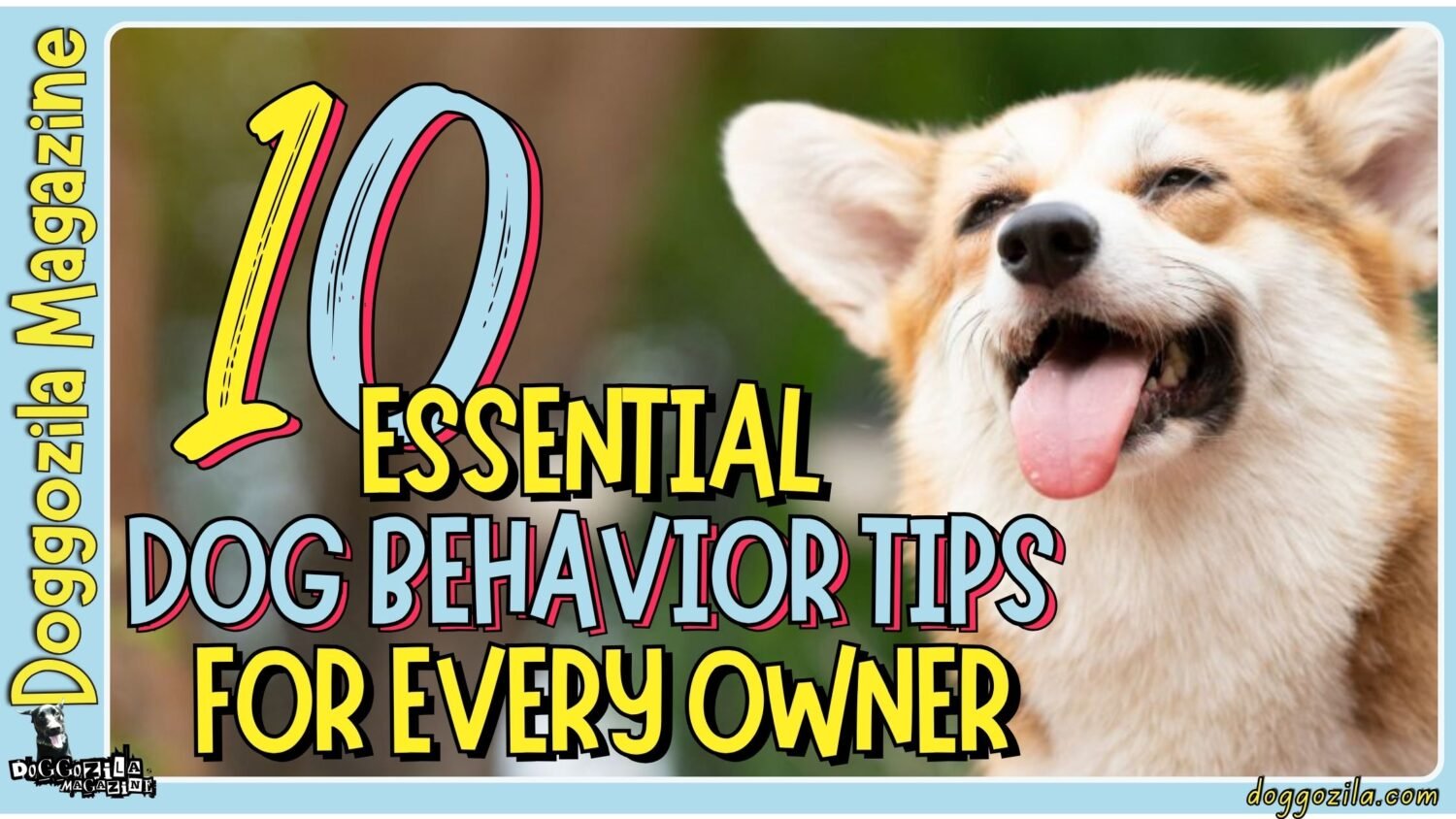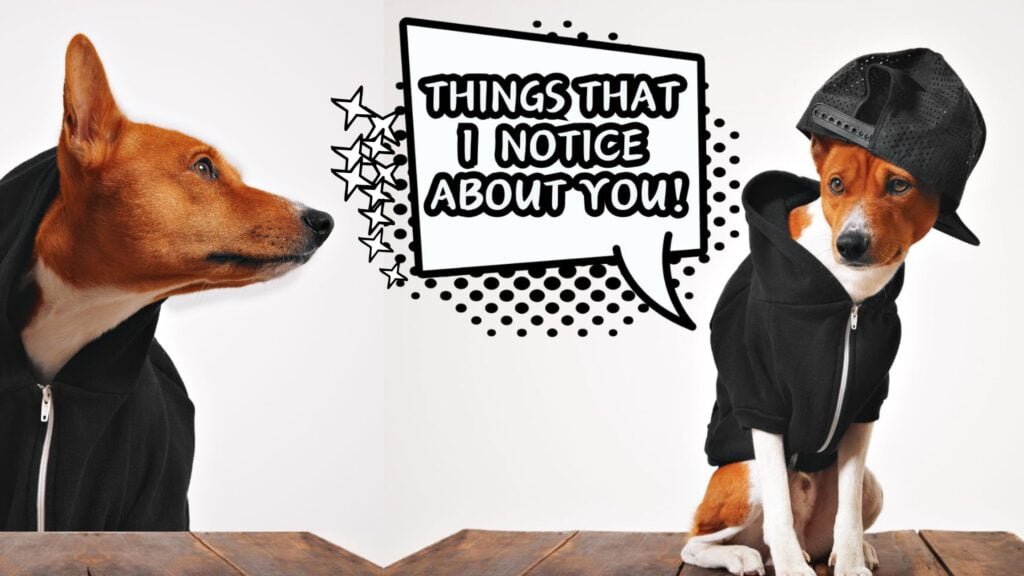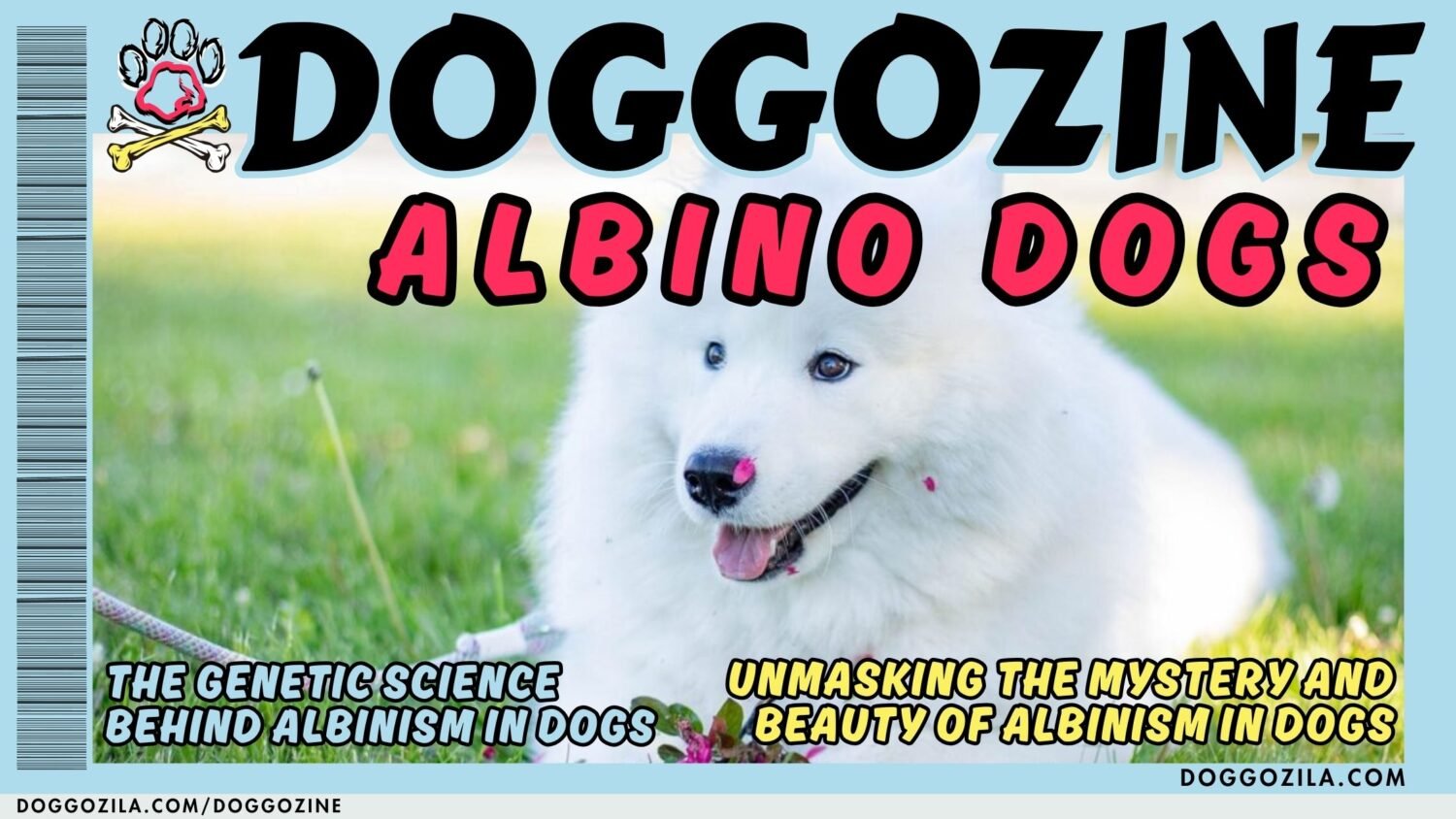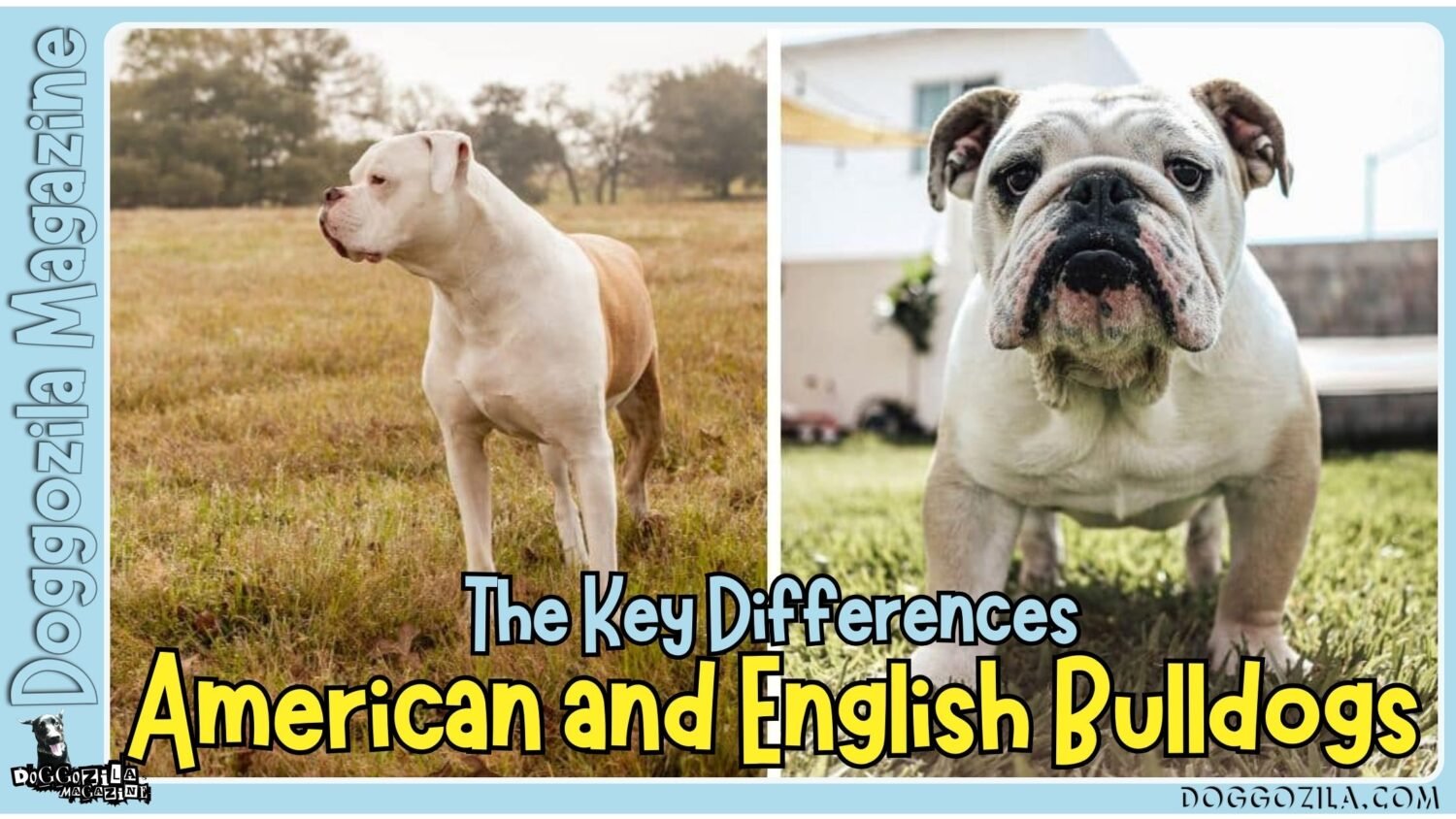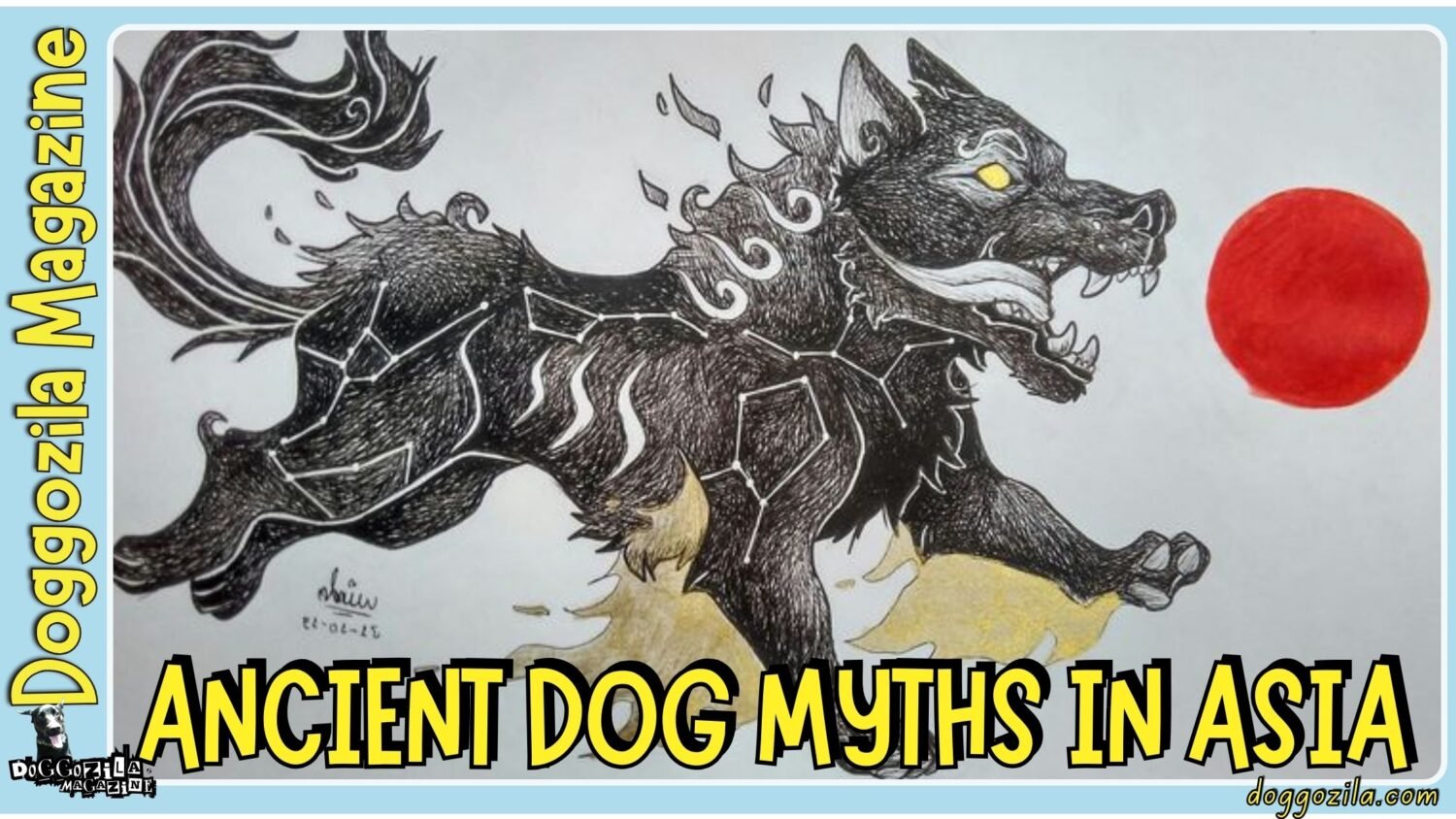Ever glance over at your furry best friend and catch them lounging with their paws delicately crossed, looking like a regal statue in a sunbeam? But why do dogs cross their paws in the first place? That charming pose isn’t just a random fluke but it’s a window into their doggie soul, packed with meaning. From pure comfort to subtle communication, this endearing habit sparks curiosity in dog lovers everywhere. Let’s unravel the tail-wagging reasons behind this iconic posture and deepen your bond with your four-legged companion.

THE ENDEARING POSE: WHY DO DOGS CROSS THEIR PAWS?
This elegant stance often signals a dog in total chill mode, fully relaxed and secure in their surroundings. It’s most common when they’re lounging beside you on the couch or soaking up warmth near a window. Think of it as their version of kicking back with a favorite blanket, effortless and cozy. Observing this can instantly melt your heart and reassure you of their contentment.
This elegant alignment of front legs not only spreads pressure from the shoulder joint but also hints at a dog’s comfort level and trust in their environment. Watching your furry friend shift into this pose can feel like a silent language of relaxation that speaks volumes about their state of mind.
The Comfort Connection: Unpacking Dog Relaxation
When your dog crosses their paws, it’s frequently a sign they’ve achieved peak coziness, especially during downtime which explains why do dogs cross their paws when fully unwinding. Just like humans tuck their feet under a blanket, dogs adopt this position to conserve body heat and ease muscle tension after a long day of play. This posture minimizes pressure on joints, especially in older dogs or breeds prone to arthritis, providing gentle support without strain.
It’s a passive stretch that maintains flexibility effortlessly, often seen during deep naps or lazy afternoons. You might notice it more after rigorous exercise or during quiet evenings, their way of physically decompressing. Understanding this helps decode one of their most peaceful gestures. It’s a non-verbal sigh of relief, telling you they feel utterly safe in their environment.
Breed Tendencies and Paw Placement
Certain breeds, like Greyhounds, Whippets, or regal German Shepherds, seem predisposed to this poised posture due to their anatomy and historical roles. Sighthounds, bred for elegance and speed, often rest with crossed paws to protect their slender limbs and maintain joint alignment.
Conversely, stockier breeds like Bulldogs might do it less frequently but still adopt it when seeking extra comfort on plush surfaces. Observing breed-specific quirks adds fun layers to decoding dog behavior and helps owners understand natural inclinations. Pay attention to your pup’s lineage, it might hold fascinating clues to their favorite poses and resting habits!
Copycat Dogs: Learning from Humans and Littermates
Dogs are keen observers, and they often mimic behaviors they see daily, including yours! If you cross your legs while relaxing, your clever companion might mirror that stance over time through social learning. Similarly, puppies learn habits from littermates or older dogs during critical socialization periods between 3-14 weeks.
It becomes a self-reinforcing behavior, if crossing their paws gets them belly rubs or admiring smiles, they’ll repeat it strategically. This social learning highlights how intertwined our habits become with theirs, turning simple gestures into shared rituals that strengthen your unique bond.
🔑 Key Points: This posture indicates they feel safe and content, often seen during lounging or napping.
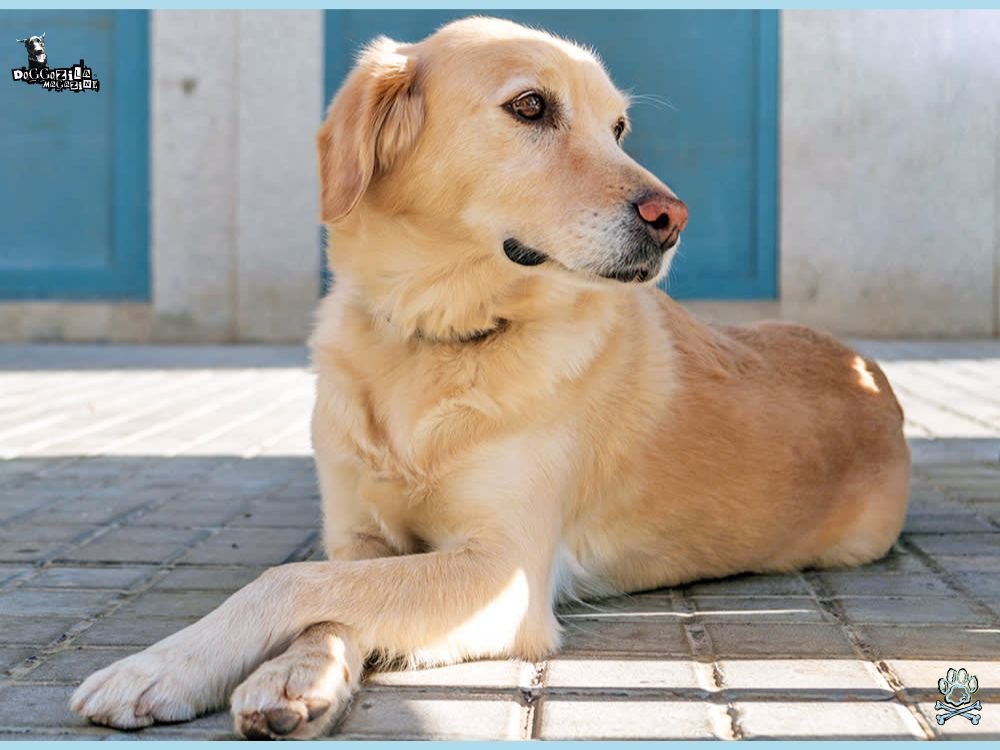
COMMUNICATION STATION: WHAT CROSSED PAWS REVEAL
Beyond comfort, this pose is a subtle form of dog body language, signaling non-aggression and trust to humans or other pets. In multi-dog households, a pup with crossed paws might be saying, “I’m calm, no threats here!” using this relaxed posture intentionally. It contrasts sharply with tense postures like raised hackles or stiff legs that indicate stress or alertness. Paying attention to context like a relaxed tail and soft eyes confirms their peaceful intent during these moments.
This pose allows dogs to remain ready for action while still indulging a relaxing break in their favorite spot. Appreciating this balance between rest and readiness invites pet parents to read their dog’s mood and anticipate their needs more accurately.
Calm Assertion: Signaling Peace in Social Settings
In dog parks or busy homes, crossing paws can function as a deliberate signal to others, showing they pose no challenge. It displays vulnerability exposing the belly area while asserting confidence, essentially saying, “I’m so at ease I don’t need defenses up.” This reduces tension during introductions or group play, preventing misunderstandings among canines.
Dogs use this posture strategically to avoid escalating minor standoffs, promoting harmony without confrontation. Next time your dog does this around new furry friends, know they’re flexing their social diplomacy skills brilliantly! It’s a natural strategy for conflict avoidance many owners overlook.
Seeking Attention: The “Look at Me” Cue
Let’s be honest, dogs know how to work a crowd using adorable tactics they’ve perfected. Crossed paws, combined with soulful eyes aimed your way, often mean, “Admire me, please!” in their subtle language. They’ve learned this posture looks endearing to humans, triggering our instinct to praise or pet them immediately.
It’s harmless manipulation, leveraging their natural cuteness for scratches or treats effectively. Respond positively to reinforce their confidence, but avoid overdoing treats to prevent begging habits long-term. This dynamic shows just how attuned dogs are to human reactions and emotional triggers.
Why Do Dogs Cross Their Paws When Feeling Anxious?
Occasionally, this pose surfaces during mild stress, like vet visits or thunderstorms, as a self-soothing mechanism similar to humans hugging themselves. Similar to humans wringing their hands, the controlled posture provides comfort during uncertainty, helping them feel anchored.
Watch for accompanying sign, dogs with pinned ears, excessive licking, or tucked tails which indicate higher stress levels. If paired with calm breathing, it’s likely relaxation but with tension, it’s a coping tool worth noting. Recognizing this duality helps you support them without misreading their emotional needs in challenging situations.
🔑 Key Points: Some breeds, like Greyhounds and German Shepherds, are more prone to this pose due to their anatomy and historical traits.
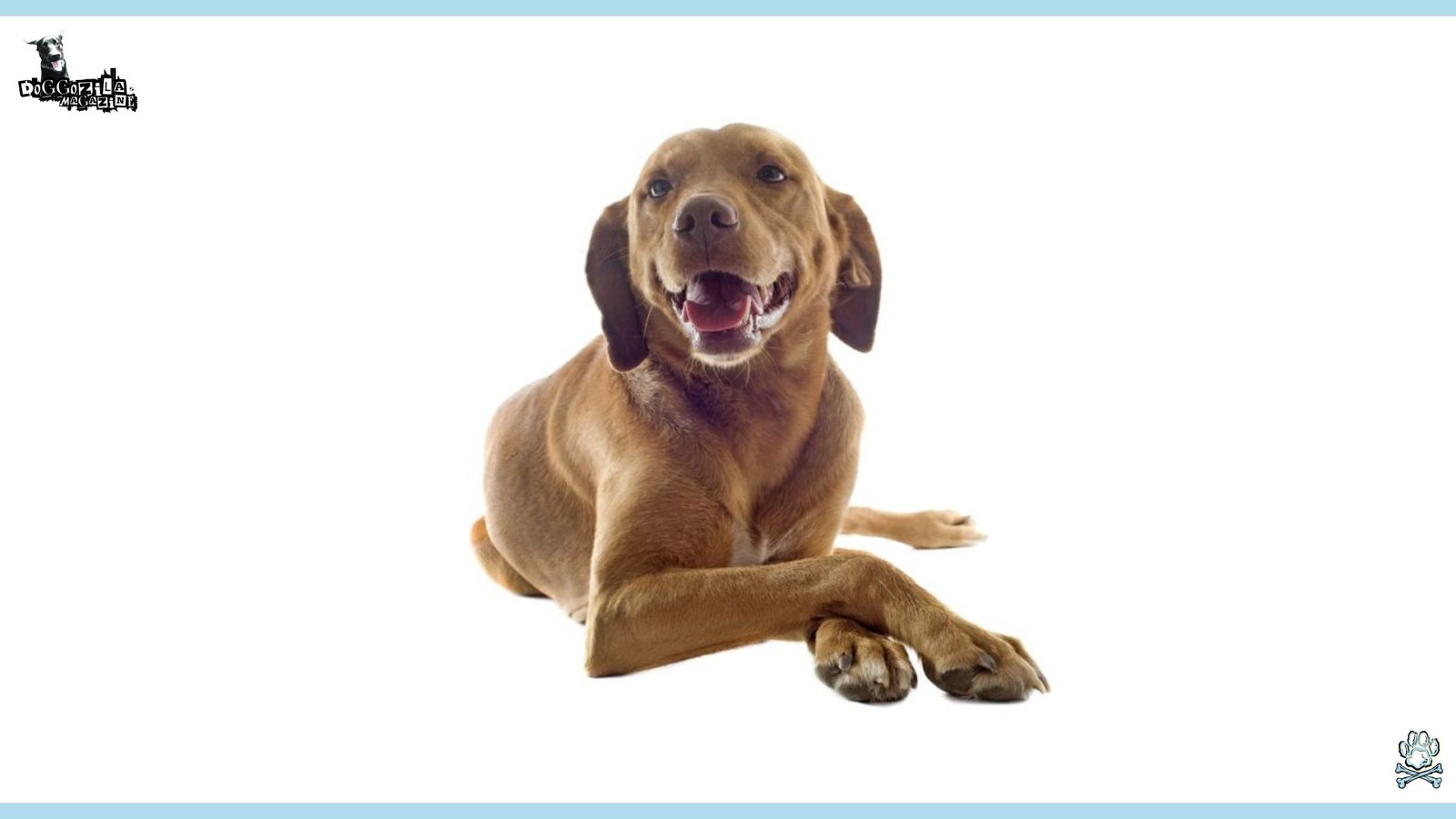
WHY DO DOGS CROSS THEIR PAWS WHILE SITTING OR LYING DOWN?
The position amplifies different meanings based on whether your pup is seated or fully reclined, showing behavioral versatility. Sitting with crossed paws suggests alert relaxation, they’re engaged but comfy, like waiting patiently for a treat during training. Lying down? That’s deep-rest mode, common during naps or REM sleep when defenses are lowered.
Breeds with longer legs often find this pose ergonomic for extended periods, reducing joint fatigue significantly. It’s fascinating how one habit adapts to varying scenarios across a dog’s daily routine!
The Sitting Scenario: Balance and Poise in Action
When sitting upright, crossing paws helps dogs maintain stability without muscle strain, especially on slippery surfaces like hardwood floors. It shifts weight evenly across their hips, preventing awkward wobbles or sliding during stationary moments.
Older dogs or those with early-stage arthritis use it to reduce discomfort while staying observant of their surroundings. You’ll often see this during training sessions or when they’re “politely” waiting for dinner, a sign of disciplined patience. It’s a testament to their adaptability and innate sense of balance honed through evolution.
Deep Rest Mode: Why Do Dogs Cross Their Paws During Sleep?
In sleep, this position indicates profound security, as dogs only fully unwind when they feel 100% protected in their environment. Crossed paws guard their core while conserving warmth, essential for efficient rest and thermoregulation overnight.
You might notice gentle twitching or soft barks alongside it, signaling active dream-filled REM cycles occurring safely. It’s a vulnerable state, so if your dog sleeps like this near you, cherish it as the highest compliment! They’re declaring you their ultimate safe haven through this trusting posture.
Temperature Tactics: Warmth Regulation Secrets
Paw crossing minimizes heat loss through less fur-covered pads, acting like natural mittens in cooler environments. In chilly rooms or winter months, it’s a practical way to stay cozy without curling into a tight ball. Conversely, in summer heat, some dogs splay their paws to cool down, making crossing less common during warm spells.
Breeds from colder climates, like Huskies or Malamutes, might default to this for insulation even indoors. Observing seasonal changes in this habit reveals their clever biological thermoregulation strategies at work daily.
🔑 Key Points: It signals non-aggression and trust in social settings, helping to reduce tension with other dogs or people.
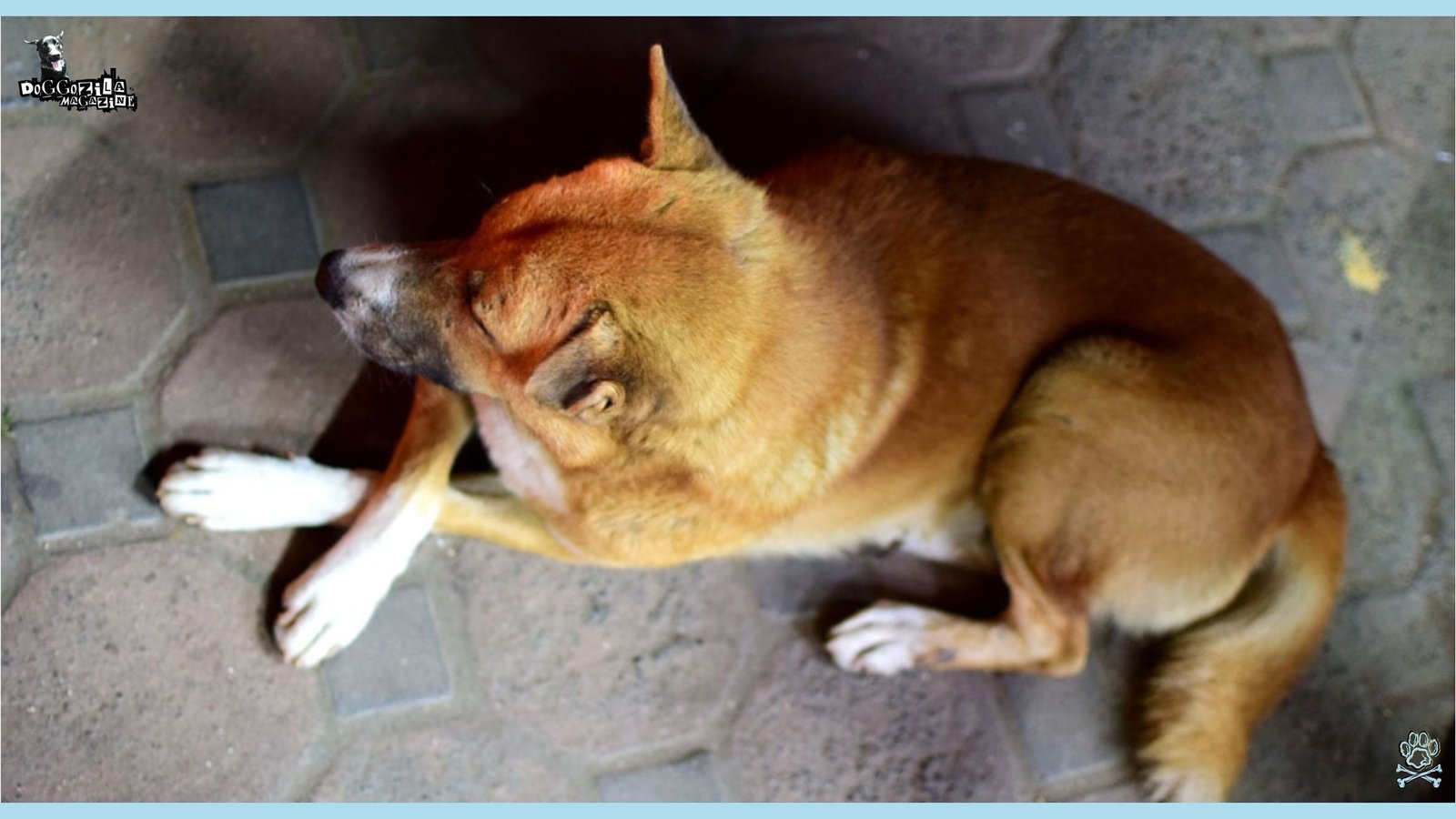
HEALTH CLUES: WHEN TO PAUSE AND ASSESS
While usually benign, sudden changes in paw-crossing habits can hint at underlying discomfort worth investigating. If your dog avoids putting weight on a leg or licks their paws excessively alongside crossing, schedule a vet visit promptly. Issues like arthritis, soft tissue injuries, or nerve pain might make this pose a compensatory gesture for relief. Always pair observation with gentle touch, check legs for swelling or tenderness during your daily cuddle sessions proactively.
Veterinarians look for accompanying signs like limping, redness between toes, or repeated paw-licking to rule out sprains, arthritis, or skin allergies. Early intervention in joint or dermatological conditions often hinges on noticing shifts from a dog’s usual resting positions.
Joint Health and Mobility Red Flags
Senior dogs or breeds prone to dysplasia (e.g., Labradors, Golden Retrievers) might cross paws to alleviate hip or elbow pressure subconsciously. Limping, reluctance to jump onto furniture, or stiffness after rest are bigger concerns than the pose itself when assessing why do dogs cross their paws persistently.
Support them with orthopedic beds, vet-approved supplements, and low-impact exercises like swimming. Early intervention keeps them frolicking pain-free for years, proving this behavior can sometimes be health-driven rather than purely habitual.
Paw Injuries and Compensatory Behaviors
A cut pad, thorn, or infected nail could cause your dog to favor one paw by crossing it over the other protectively. Inspect their paws weekly for debris, cracks, or redness, especially after hikes or park visits. Regular grooming and moisturizing prevent irritants from triggering this temporary protective stance. If they resist paw handling, use positive reinforcement with high-value treats to build trust during checks, turning it into a bonding ritual.
Why Do Dogs Cross Their Paws Due to Neurological Factors?
In rare cases, repetitive paw-crossing could signal neurological conditions like degenerative myelopathy or nerve compression. Look for accompanying signs like dragging feet, loss of coordination on stairs, or uneven muscle wasting in limbs. Though uncommon, early diagnosis is crucial for pain management and quality of life adjustments. Always rule out simple causes first but trust your intuition if their movement seems consistently “off” or unbalanced during walks.
🔑 Key Points: Sudden changes in this behavior could signal joint pain, injuries, or neurological issues that need veterinary attention.

THE TRUST FACTOR: WHY DO DOGS CROSS THEIR PAWS AROUND YOU?
When your dog crosses their paws in your presence, it’s essentially a fluffy love letter written in body language. They’re signaling total vulnerability, trusting you won’t startle or threaten them during these unguarded moments. Rescue dogs who adopt this habit after months in a new home show remarkable emotional progress and attachment. It’s a behavioral milestone worth celebrating with extra ear scratches and their favorite treats, of course!
Data from a 2023 behavior survey showed that dogs whose night-time paw-crossing cues were respected exhibited 50 percent fewer anxiety-related awakenings. This simple act of acknowledgment sends the message that their comfort signals are heard and met.
Bonding Behavior: Security in Your Presence
Dogs reserve their most relaxed poses for trusted humans they associate with absolute safety. Crossed paws near you mean they link your scent, voice, and touch with deep emotional security consistently. This bond deepens over time through routines like shared meals, play, and quiet companionship. Notice if they do this more when you’re home versus alone, it highlights your irreplaceable role as their emotional anchor and safe base.
Anxiety Reduction: Your Role as Their Safe Space
For naturally nervous dogs, crossing paws near you is a deliberate coping mechanism during stress triggers. Your presence demonstrably lowers their cortisol levels, allowing calm postures even in challenging environments. Build this trust by avoiding sudden loud noises during their rest and offering “safe zones” like crate dens. Over time, their confidence will blossom beautifully, proving why do dogs cross their paws is deeply tied to your supportive presence.
Why Do Dogs Cross Their Paws to Strengthen Social Bonds?
In multi-pet homes, dogs might cross paws to signal harmony to feline or canine housemates non-verbally. It’s a communal gesture that reduces resource-guarding tendencies during shared space usage. Encourage this by praising calm group interactions with quiet affirmations or treats. This subtle social glue reinforces their sense of pack belonging, with you as the trusted leader they respect deeply.
🔑 Key Points: Sitting with crossed paws suggests alert relaxation, while lying down indicates deep rest and security.

AGE & DEVELOPMENT: PUPPIES VS. SENIORS
Paw-crossing habits evolve dramatically from playful puppyhood to dignified senior years, reflecting life stages. Young pups rarely cross paws, they’re too busy exploring! Seniors do it more frequently to ease aging joints or simply savor comfort.
Recognizing these patterns helps tailor their care, from puppy-proofing to senior support ramps. It’s a beautiful timeline of their lifelong comfort journey.
Puppy Playfulness: Why Young Dogs Rarely Cross Paws
Puppies under 6 months are perpetual motion machines, prioritizing play over relaxation poses in most cases. Their developing muscles and boundless energy make sustained stillness uncommon during waking hours. When they do rest, it’s often collapsed flat rather than in poised positions.
As they mature, usually around 1 year, you’ll notice more intentional comfort-seeking postures emerging gradually. This developmental shift marks their growing confidence in their environment.
Related Article Recommendation: Dog Playfulness Is A Sign Of Higher Intelligence
Golden Years Grace: Senior Dogs and Comfort Postures
Older dogs adopt paw-crossing more often as it reduces pressure on arthritic joints effectively. It also conserves energy vital for aging bodies with reduced stamina. You might see them hold this pose longer during daytime naps or gentle sunbathing sessions. Pair this habit with orthopedic beds and joint supplements for optimal senior comfort and mobility support.
Why Do Dogs Cross Their Paws More as They Age?
With age comes wisdom and a preference for ergonomic rest! Senior dogs prioritize pain management and warmth retention, making this pose biologically advantageous. It also reflects their slower pace and contentment in quiet moments near their humans. Observing this shift offers insight into adapting their care as they enter their golden years gracefully.
🔑 Key Points: Senior dogs adopt this posture for joint relief and warmth, reflecting their slower pace and need for comfort.
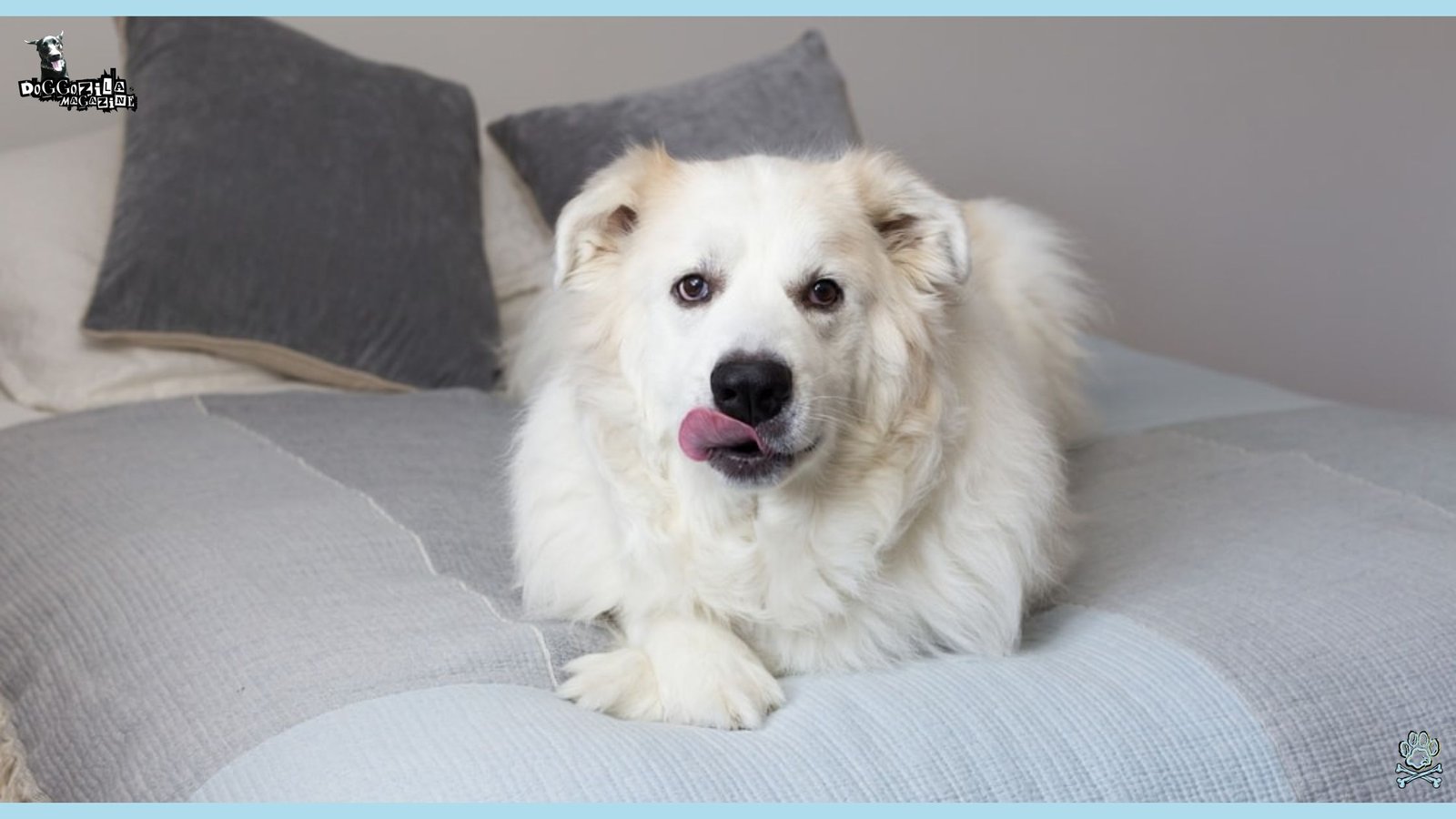
WHY DO DOGS CROSS THEIR PAWS WHEN THEY FEEL A GENTLE BREEZE RUFFLE THEIR FUR ON A LAZY SUMMER AFTERNOON
Much like humans stretch their arms overhead, dogs sometimes arch their backs before settling into a polite-paws position to take in scents carried on a breeze. This sequence of movements primes their muscles and sensory receptors before rest. Animal-behaviorist accounts describe how wild canids on African savannas might perform a similar ritual at dawn patrols, suggesting an evolutionary root for modern couch-bound companions. Observing that little dance before polite paws can remind us how deeply we share instinctual behaviors with our dogs.
This natural dog mimicry not only strengthens social bonds but also lays the groundwork for healthy rest habits later in life. By understanding this learning process, owners can reinforce positive behaviors and nurture calmer, more confident adult dogs.
Studying Why Do Dogs Cross Their Paws In Outdoor Environments Contributes To Wildlife-Dog Comparative Research
Field researchers comparing zoo canids with domestic dogs have noted near-identical resting postures when animals feel completely safe. At the Smithsonian’s National Zoo, foxes, wolves, and African wild dogs all tucked their paws in remarkably similar ways when well fed and stress-free. These parallels underscore the shared lineage of canine species in using body posture to communicate emotional states.
Noting Why Do Dogs Cross Their Paws By A Favorite Tree Stump Links Memory With Posture
Long-term adopters often recount how their dog returns to a special spot in the yard and rests with crossed paws as if paging through mental snapshots of past adventures. Memory studies in canine cognition suggest that familiar surroundings trigger calming endorphins, producing the polite-paws posture as a somatic hallmark of nostalgia.
Remembering Why Do Dogs Cross Their Paws In The Great Outdoors Inspires New Ways To Enrich Play Routines
Adventure-loving owners can deliberately balance high-energy fetch sessions with strategic rest stops under favorite trees. Encouraging polite-paw moments with treats and whispered praise teaches dogs to self-regulate, preventing overexertion and making hikes more enjoyable for both human and hound.
🔑 Key Points: They learn behaviors through observation, including crossing their paws if they see their owners or other dogs doing it.
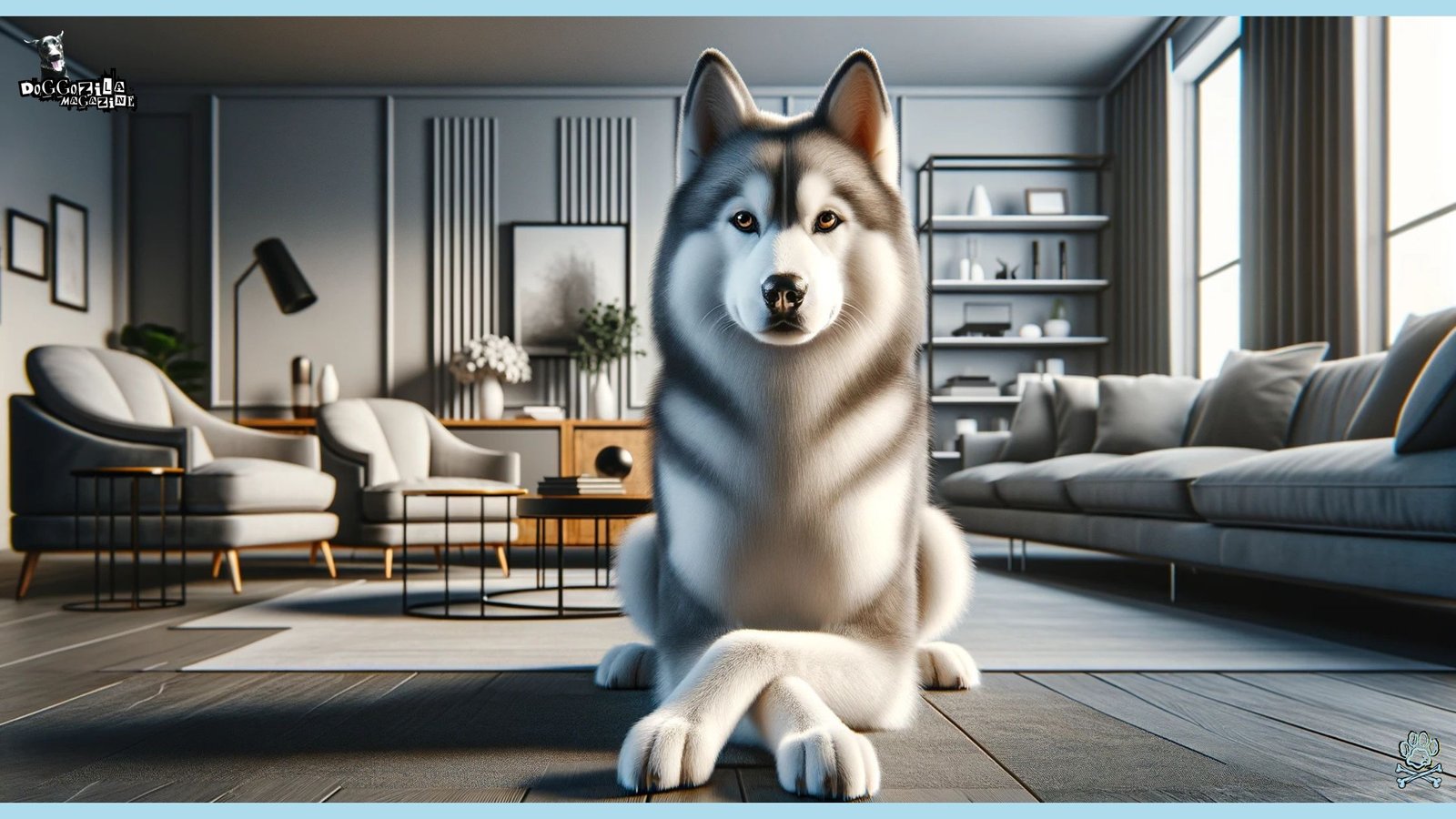
CULTURAL PAWS-PECTIVE: DOGS IN ART & MEDIA
From ancient Egyptian hieroglyphs to viral TikToks, crossed-paw poses symbolize canine nobility across cultures. Renaissance paintings often depicted hunting hounds in this regal stance, while modern memes celebrate its inherent “doggie dignity.” This timeless posture transcends eras, proving dogs have always known how to strike a majestic pose effortlessly for maximum charm.
From puppy playdates to tranquil adult naps, the polite-paws posture serves as a window into your dog’s world, melding anatomy, emotion, and evolutionary legacy.
Historical Paws: Royal Dogs and Regal Postures
European monarchs like Queen Victoria’s Greyhounds were famously painted with crossed paws, cementing it as a symbol of refined canine composure. Victorian dog fanciers even bred for “elegant resting lines,” favoring this aesthetic in show circles. Today, we unconsciously associate the pose with sophistication a cultural legacy centuries in the making through art and selective admiration.
Related Article Recommendation: The Best Dogs in History: Our Eternal Furry Friends
Modern Media: Why Do Dogs Cross Their Paws in Viral Moments?
Internet-famous dogs like Marutaro (Shiba Inu) or Jiffpom often “pose” this way, making it an iconic symbol of pet celebrity coolness. Advertisers leverage its appeal for pet products, associating it with luxury and comfort simultaneously. This digital-age exposure reinforces our love for the pose, making us more likely to notice and adore it in our own pets daily.
The Science of Cute: Why Humans Find It Irresistible
Neuroscience shows crossed paws trigger our “cute response” by combining vulnerability (exposed belly) with composed elegance, a potent mix. The symmetry activates pattern-seeking in our brains, releasing dopamine. Essentially, this pose is evolutionary brilliance, disarming humans while maximizing affection and care. No wonder we can’t resist snapping a photo every single time!
Wrapping Up the Paw-some Mystery
So, why do dogs cross their paws? It’s a heartwarming blend of comfort, communication, trust, and even cultural legacy a small gesture with profound meaning. Whether your pup is a frequent poser or an occasional crosser, each instance reveals their emotional world and unique personality.
Keep observing, stay attuned to health cues, and cherish those elegant moments. After all, in the simple grace of crossed paws, we see the quiet confidence and love that make dogs our most devoted friends.
Next time you find your dog’s front legs folded just so, know that you’re witnessing a timeless dog ritual of rest, recovery, and connection.
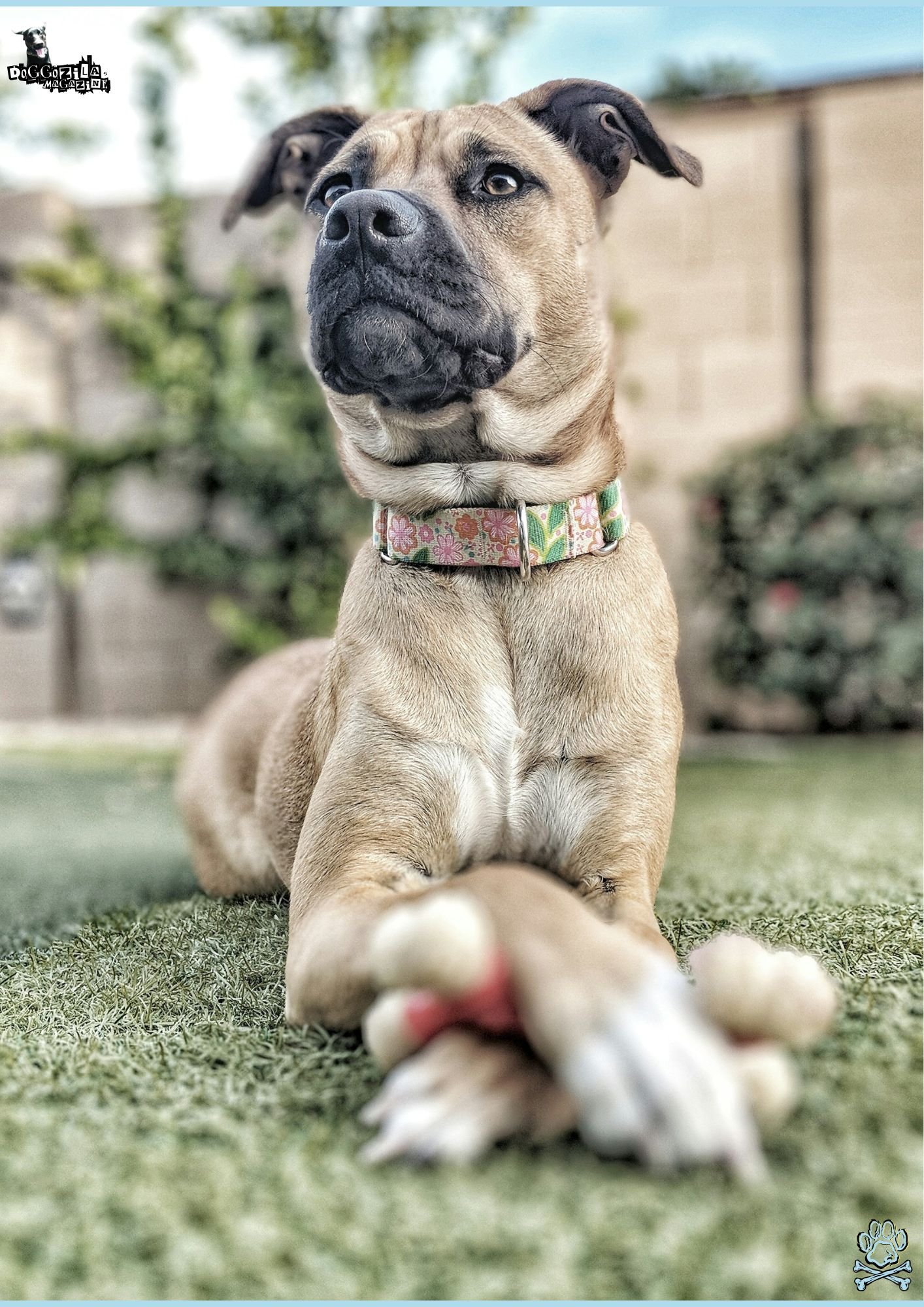
Now, go sneak a peek at your napping buddy, you might just catch them in their royal pose!

